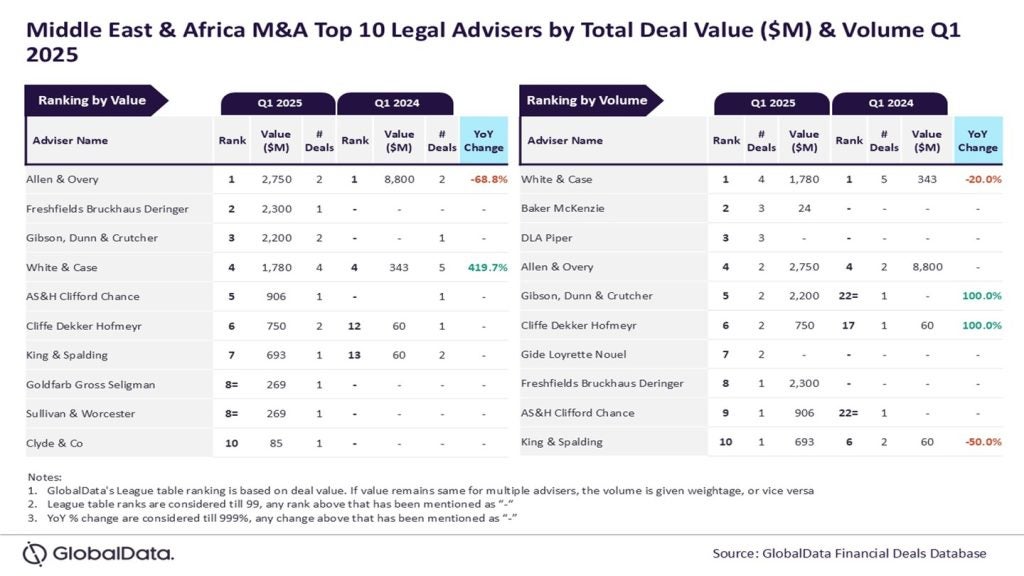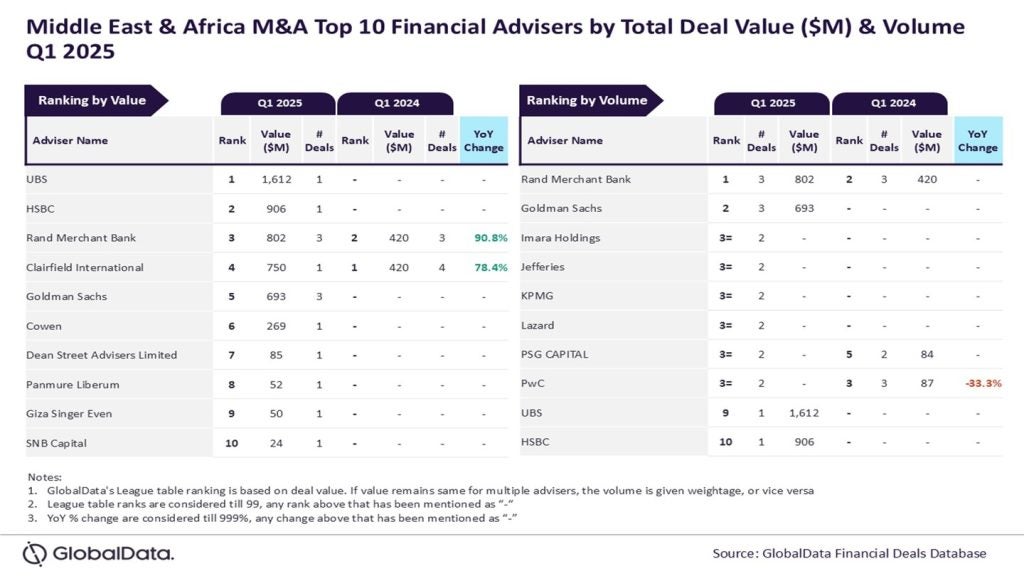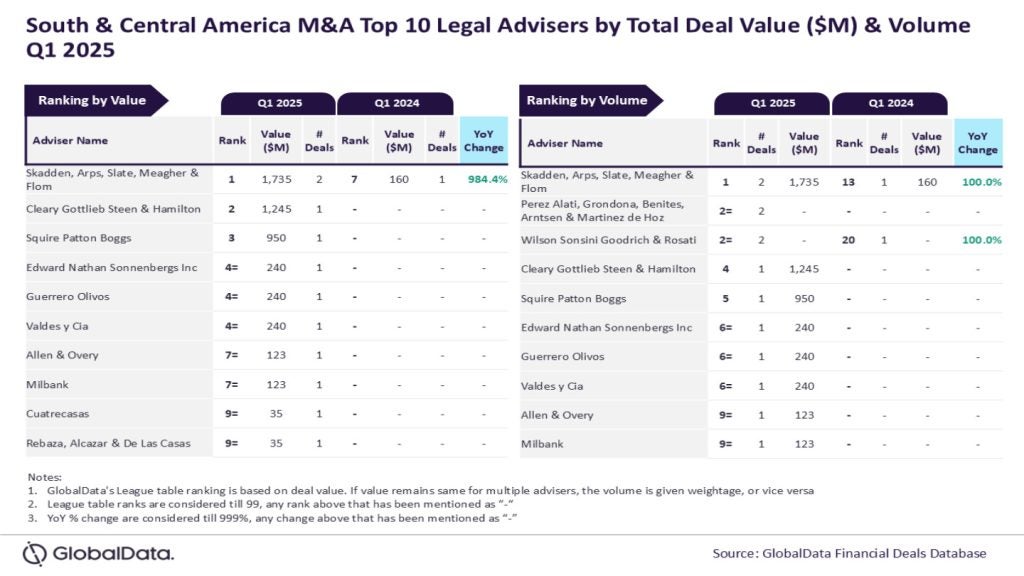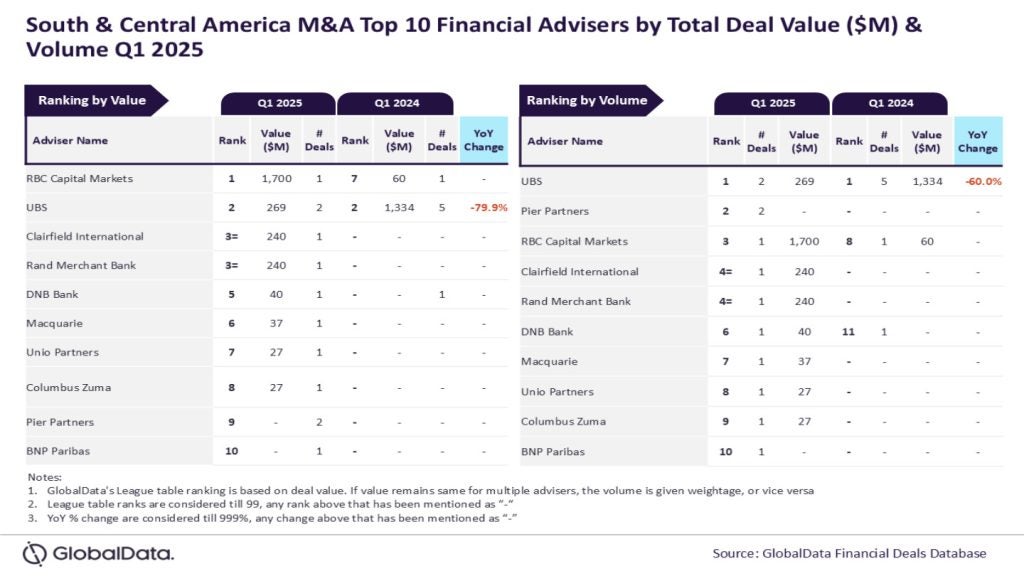While the mainframe has taken the blame for the recent ATM and POS system failures at UK bank RBS, it is not the true culprit. Temenos’ chief enterprise architect, John Schlesinger, explains how the responsibility rests with out-of-date branch accounting systems, and a lack of IT knowledge among board members
Towards the end of 2014, RBS experienced yet another failure in its ATM and point-of-sale (POS) systems. Several commentators remarked on this, and one common theme has been to blame the ‘mainframe’.
However, this criticism is not only wide of the mark, but also masks the real problem. The mainframe is not the issue for several reasons. First, in the large UK banks, ATM and POS systems typically run on Tandem non-stop systems, not the mainframe. Second, if the problem were the mainframe, it’s very unlikely that Nationwide would have chosen an IBM mainframe for its relatively recent FlexDirect implementation. Third, the mainframe is still the easiest system to make run at ‘five nines’ reliability, that is, 99.999% availability. Therefore, the mainframe, far from being part of the problem, is much more likely to be part of the solution to providing more reliable banking services.
So if the mainframe is not the issue, then what is? It seems to me that there are two big problems. The first is that the large UK banks are still running branch accounting systems at a time when they are moving off the high street and going online. Branch accounting systems are, as the name implies, the automation of the back office of bank branches, which was the approach banks took when they first automated in the 1970s. This was the right thing to do at the time, but not now. These systems have been out of date since the ATM broke the relationship between bank customers and the branch – which was thirty years ago.
Mobile and online just makes things worse
The move to mobile and online banking instead of branch banking just makes things worse. Amazingly, branch accounting systems close down the collection of transactions every evening, and run massive batch workflows during the night that make payment decisions, accrue interest, apply fees and calculate balances.
The problem, in essence, is that the banks have an architecture that is no longer appropriate. The banks are moving off the high street, where they compete with each other, onto the Internet and mobile, where they compete with the online incumbents, particularly Google, Amazon and Facebook. The systems these providers run offer a high level of customer care, driven by data (such as Amazon preferences). They run 24/7, in real time, and at very low costs, with Google and Amazon effectively getting their infrastructure for free by renting out their data centres. They are also built to sustain very high query volumes. Branch accounting has none of these characteristics – it only runs during the day, it has no real-time record keeping for customer and product, it runs at high costs (partly a mainframe problem) and cannot afford to take the high level of query that moving to mobile and the Internet of Things will entail.
Leadership lacking specialist IT knowledge
The second problem, and the one that I think is the worse of the two, is that banks for forty years have depended increasingly on computers for manufacturing, distributing and servicing the products and services they sell to the public. Again, this is becoming more the case as banks move to straight-through processing, so that computers make the decision whether to allow the transaction, rather than a branch manager. Despite this, the management of banks is still mostly comprised of accountants. Indeed, someone I know (an accountant by trade), who was on the board of a major UK bank, told me that no one on the board understood what the Chief Information Officer was talking about. In fact, Martin Taylor, ex-CEO of Barclays, writing in January 2014 in the FT admitted, "I do not know much – anything – about computers, frankly."
Until banks are run by managers who understand how they manufacture their product, these kinds of problems will keep on happening. There appears to be a great deal of complacency in the boards of our major banks. A leading UK bank believes that its core banking system, also a branch accounting system, will last the bank another 20 years, having migrated HBOS to the system. This indicates a significant failure in comprehension from the senior management of many banks.
To sum up, the real problem for banks is not the mainframe, but an approach to banking that was suited to banks thirty years ago, which is now obsolete and therefore completely inappropriate too.

John Schlesinger – Chief Enterprise Architect at Temenos







